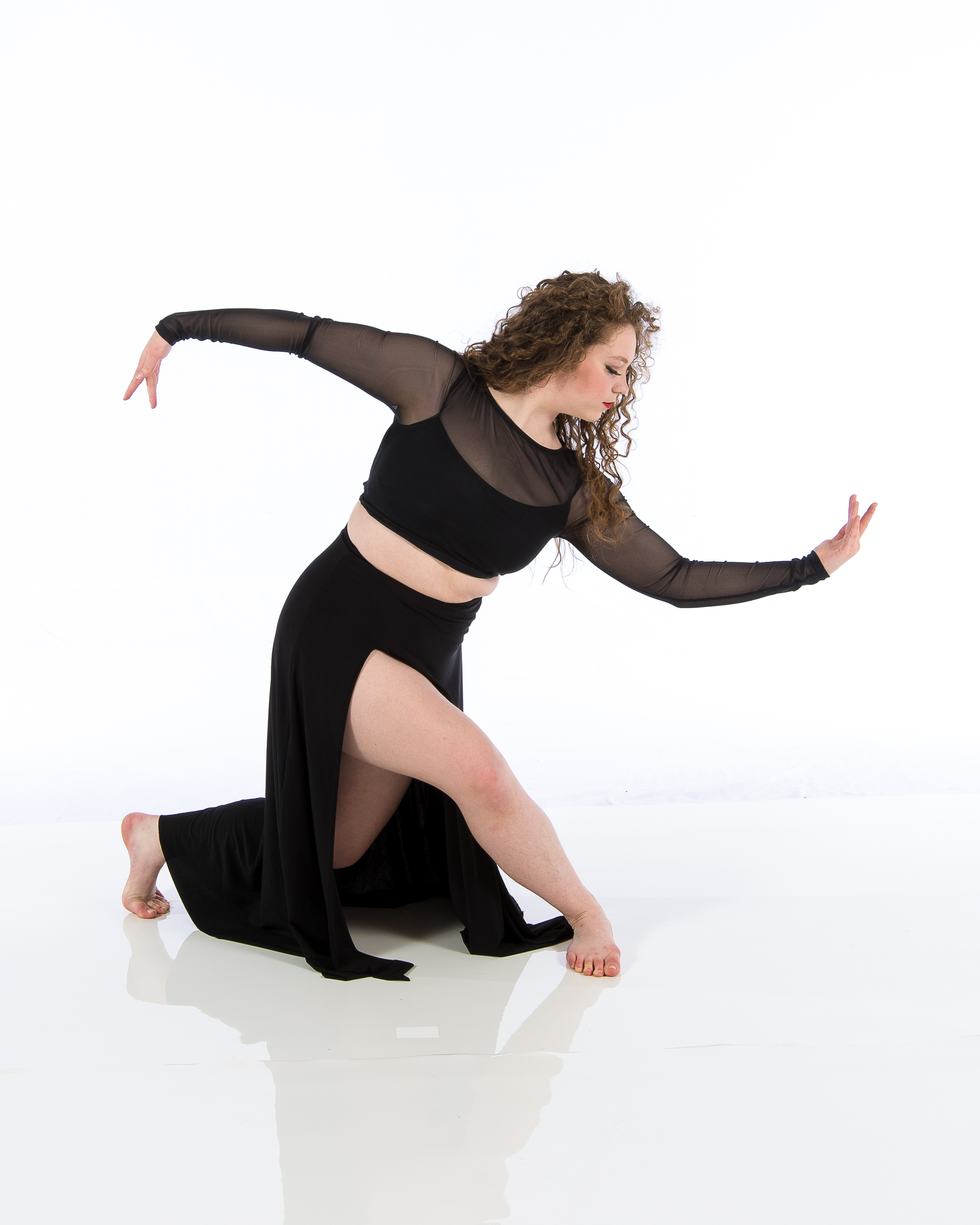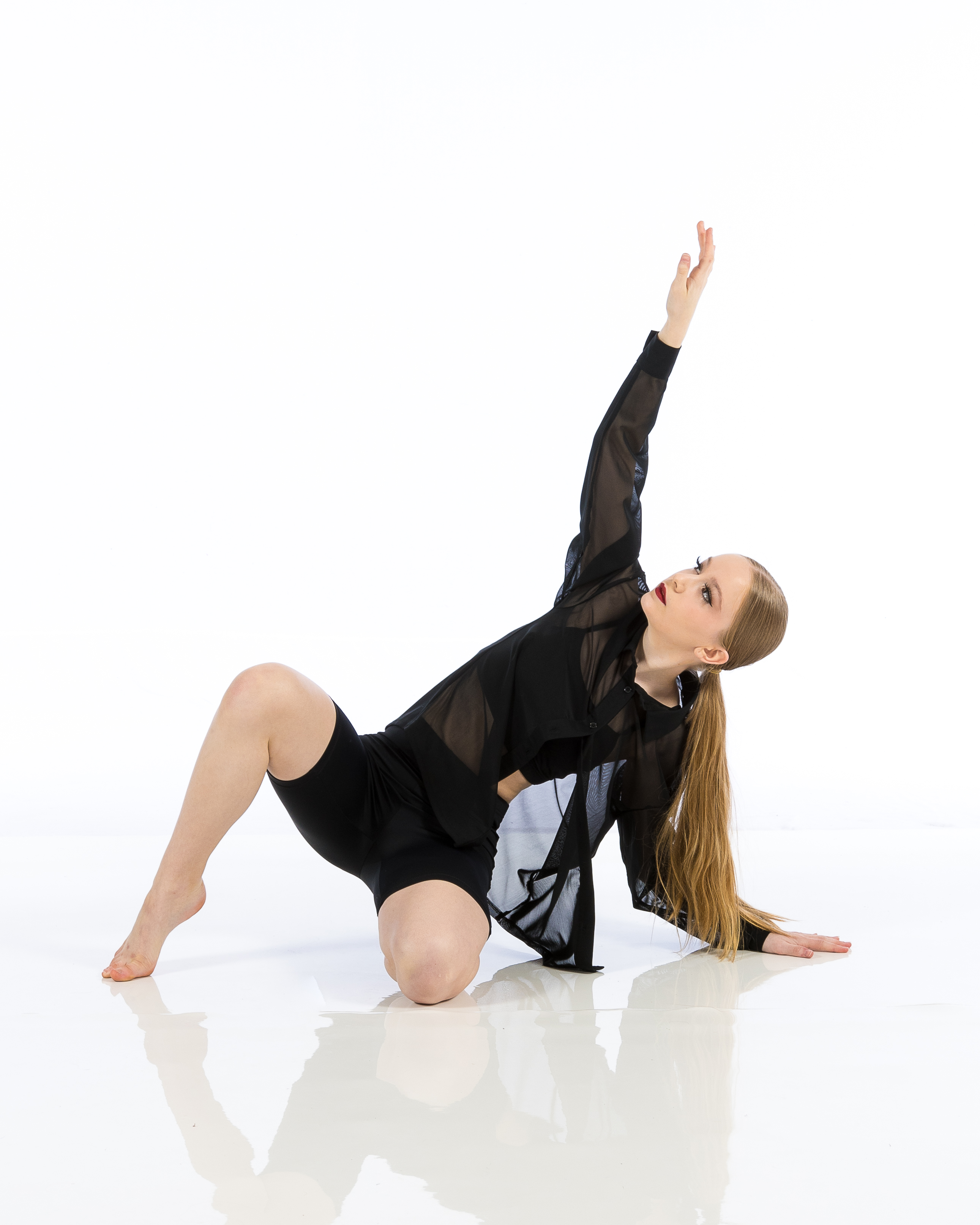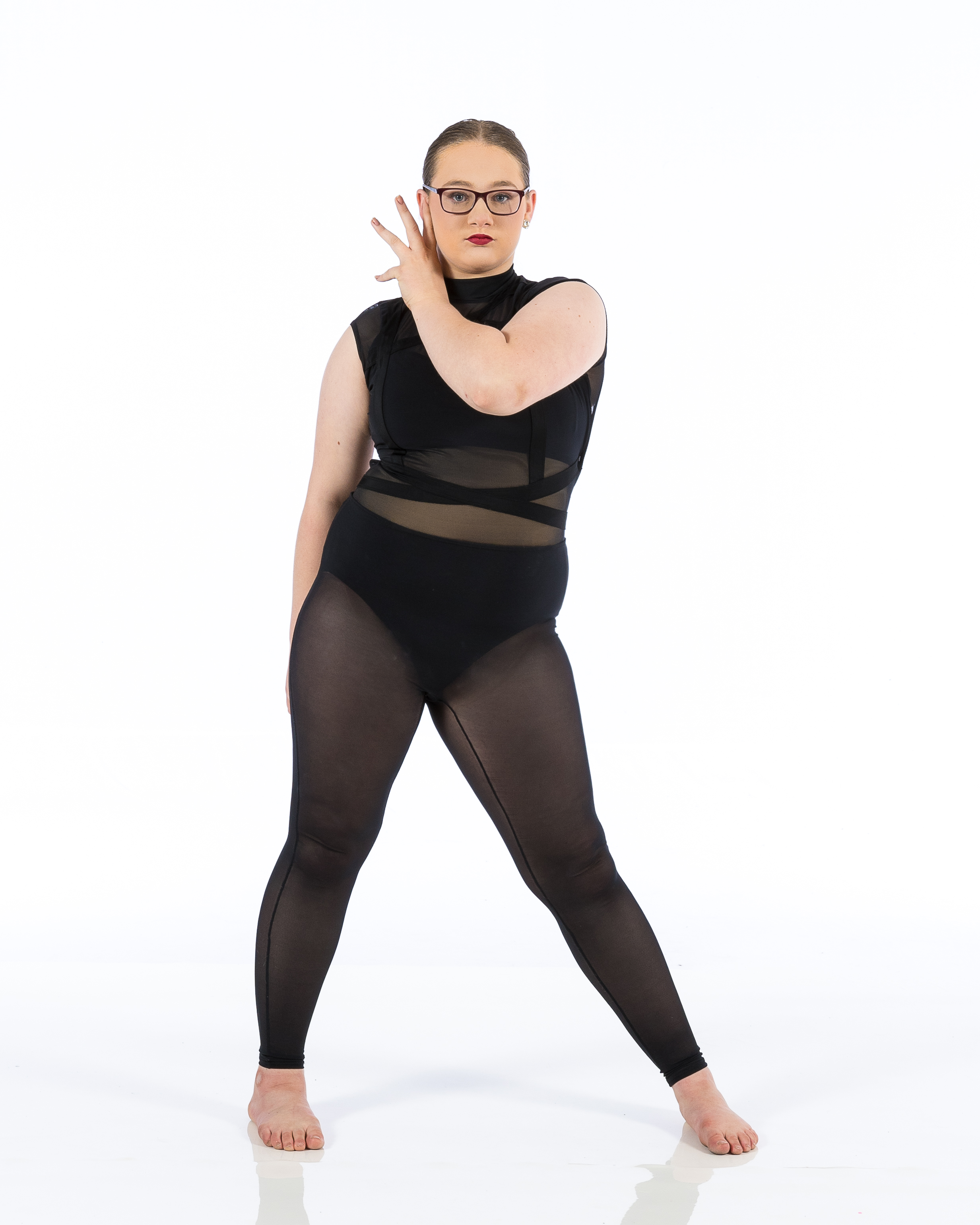Introduction
dance studioIn a world where structured learning often takes precedence, dance studios emerge as sanctuaries for creative expression among children. The art of dance transcends mere technique; it serves as a medium through which kids can explore emotions, foster self-esteem, and build lasting connections with peers. In this article, we will delve into the multifaceted role of dance studios in nurturing creativity and personal growth in children.
Dance Studio: A Catalyst for Creativity
The Essence of a Dance Studio
A dance studio is more than just a physical space; it's an environment that cultivates creativity. It provides children with the opportunity to express themselves freely through movement. When kids step into a dance studio, they are encouraged to let go of their inhibitions and embrace their unique individuality.
Why is this important? The freedom to express oneself fosters imagination and innovation. Children learn to think outside the box, developing skills that extend beyond the dance floor.
Creating an Inclusive Environment
The atmosphere within a dance studio plays a vital role in inspiring creativity. Studios that emphasize inclusivity cultivate an environment where every child feels valued and accepted. This sense of belonging encourages experimentation and risk-taking—essential components of the creative process.
Inclusivity Helps Build Confidence
When kids feel comfortable expressing themselves without judgment, their self-esteem flourishes. They become more willing to take risks, whether on stage or in everyday life. Confidence gained from dancing translates into other areas of their lives, including academics and social interactions.
Beyond Technique: How Dance Studios Inspire Creativity in Kids
Empowering Self-Expression Through Movement
Dance is inherently expressive. Each movement tells a story, conveying emotions that words often cannot capture. In dance studios, children are taught to translate their feelings into motion, allowing them to articulate complex emotions creatively.
Storytelling Through Dance
Dance studios often incorporate storytelling into their lessons. By connecting movements with narratives, children learn to engage their imaginations actively. This practice not only enhances their artistic skills but also nurtures critical thinking and comprehension abilities.
The Role of Choreography
Choreography isn’t just about memorizing steps; it’s about making choices. When students create their own routines or modify existing ones, they exercise creative decision-making skills. This process encourages originality as dancers experiment with various movements and styles.
Collaboration Sparks Creativity
Working together on choreography allows kids to share ideas and inspire one another. Collaboration teaches them the value of teamwork while fostering diverse perspectives—an essential facet of creative development.
Building Emotional Intelligence Through Dance
Understanding Emotions through Movement
Dance can serve as a powerful tool for emotional exploration. In dance studios, children learn to connect movement with feelings—an invaluable skill for emotional intelligence development.
The Benefits of Emotional Expression
Kids who understand how to articulate their emotions are better equipped to manage stress and build healthy relationships. Dance studios provide a safe space for this exploration where children can vent frustrations or celebrate joy through movement.
Fostering Resilience via Dance Education
Learning Through Failure
In any artistic endeavor, failure is inevitable—and that's okay! Dance studios teach children that mistakes are part of the learning process. Instead of feeling discouraged by missteps, they learn resilience by trying again.
Building Grit Through Challenges
Struggling with challenging choreography or mastering difficult techniques fosters perseverance among young dancers. They quickly realize that hard work pays off—a lesson that applies far beyond the studio walls.
Enhancing Physical Health Alongside Creative Growth
Physical Benefits of Dance Education
While creativity is at the forefront, it's essential not to overlook dance's physical benefits. Engaging in regular dance practice improves coordination, flexibility, balance, and overall fitness levels in children.
Healthy Bodies Equals Healthy Minds
Research has shown that physical activity boosts mental health by releasing endorphins—the body's natural mood lifters. Thus, the act of dancing not only nurtures creativity but also contributes positively to children's emotional well-being.
Cultivating Social Skills Within Dance Classes
Creating Community Connections in the Studio
A significant aspect of any dance studio experience revolves around community building among young dancers. Kids learn valuable social skills as they interact with peers during classes and rehearsals.
Developing Communication Skills through Group Work
Through group exercises or partner dances, children enhance their verbal and non-verbal communication skills—crucial tools for effective collaboration both inside and outside the classroom setting.
Nurturing Individuality While Encouraging Teamwork
Celebrating Unique Styles within Group Dynamics
Dance studios encourage individuality while simultaneously promoting teamwork—an intriguing balance! Every dancer brings something unique to the table; recognizing these differences enriches group performances while fostering mutual respect among peers.

The Power of Diverse Perspectives in Performance Arts
Collaboration among diverse individuals leads to innovative ideas and fresh choreography styles—ultimately resulting in more compelling performances!

How Dance Studios Promote Cultural Awareness Through Movement
Exploring Global Dance Forms Together
Many contemporary dance studios introduce students to various cultural forms—from ballet and jazz to hip-hop and traditional folk dances from around the world! This exposure provides insight into different cultures while fostering appreciation for diversity among young learners.
Cultural Sensitivity Through Artistic Expression
By learning about global dances' historical contexts or meanings behind certain movements—including those linked closely with specific traditions—children develop cultural sensitivity alongside artistic growth!
FAQs
1. What age should my child start attending a dance studio?
Most experts recommend starting around ages 3-5 when children can begin exploring basic movements while having fun! However, it's never too late—for older kids looking for new interests!
2. How does dancing help improve my child's confidence?
Dancing empowers kids by allowing them opportunities for self-expression without fear judgment from others—helping build confidence over time!
3. Will my child benefit socially from taking dance classes?
Absolutely! Dancing often involves collaboration with peers which helps improve social skills like communication & teamwork!
4. Are there specific styles best suited for beginners?
Styles like ballet or jazz focus on foundational techniques making them great options for beginners before exploring more advanced genres later down road!
5.How can parents support creativity at home after classes?
Encouraging free playtime where your child can express themselves creatively—even outside traditional lessons—is key! Consider providing access art supplies music books etc., sparking inspiration daily!
6.Is it necessary for my child participate competitions/performances?
While many enjoy participating competitive events—it’s not mandatory! Focus first on enjoyment passion before considering additional pressure competitive platforms may bring along journey!
Conclusion
In conclusion, creating an environment where creativity thrives starts within spaces like dance studios dedicated solely towards nurturing children's talents passions alike! The myriad benefits associated—from boosting confidence enhancing social abilities sparking emotional intelligence—all contribute significantly towards holistic development essential today’s world demands from future generations ahead! So why not consider enrolling your little one into local class nearby? You never know what wonders might unfold once they step onto that vibrant stage…

With each step taken across wooden floors filled laughter enthusiasm—their journey begins far beyond technique alone; combining rhythm artistry toward lifelong love embracing fully who they truly are becoming!